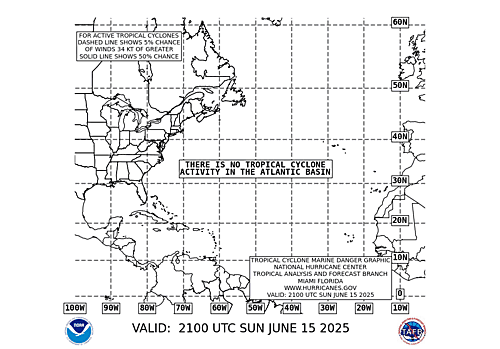It looks like the weather will finally get active again. A considerable storm system moved into the western states on Friday into today and will be ejecting out into the western plains tomorrow. The dynamics and thermodynamics look decent for a severe weather event, at least on Sunday. However, many of my friend and co-workers are also interested in Monday as well. So, lets get into it.
SUNDAY:
Severe weather will almost definitely occur on this day. Already on Saturday a wind gust from a small microburst produced 59 mph winds in west Texas, and this was well ahead of the main storm system and was produced by only a small cell. What this tells me is that there is plenty of energy for a severe outbreak tomorrow with the upper-level energy beginning to move into the Texas panhandle, Oklahoma and possible southern Kansas.
The 500 mb trough will start to become slightly negatively tilted by the late afternoon into the evening hours with diffluence occurring over the TX/OK panhandles into western OK/north central TX. There might not be a 'bowling ball' of vorticity set to enter the TX/OK panhandles, but there is a considerable amount of vorticity that will be enough to help initiate storms. Backed winds at 850 mb, becoming more backed through the day as height falls ahead of the system increase, will result in a decently sheared environment. Also, a weak 200 mb wind maximum will be swinging into the area at this time. All of these variables indicate the possibility of severe weather. The question is whether or not the thermodynamic environment will be set as well.
And the answer is: quite possibly. It looks like showers, and possibly some storms, will be ongoing in the morning to midday hours, likely reducing the surface heating in far western TX. These storms, however, will put out outflow boundaries. As the storms die, or push westward, the thermodynamic environment will become more supportive of severe storms into the eastern panhandles or north west/central TX. CAPE values should reach above 1000 J/kg and 3 km helicity looks to be in the 100-200 range. This would not be the ideal environment, but still supportive of rotating storms. Add in 60F dewpoints, and storms should occur.
The mode is more difficult for me to predict. I could see some discrete cells early, likely able to rotate, but I don't see a massive tornado outbreak. Possibly one or two. However, with all of the wind energy, and knowing what occurred today, I wouldn't be surprised to see a large wind event occur if the upper-level winds easily are mixed to the surface, which seems like a good bet to me. A learning experience on my severe weather forecasting is to come tomorrow.
MONDAY
The severe weather threat might be there, but its difficult to say. The upper-level dynamics do look better, right up until the upper-level low begins to cut off around midday. At that point, the vorticity does not seem to be traversing much further west, but rather staying still in central Kansas. A diffluent flow aloft is still present, only now we have shifted towards eastern Oklahoma and Kansas, which should be the possible risk zone. Dewpoints will be nosing into the middle 60F, and 850 mb winds will still be backed. Helicity actually increases as well, approaching 400 in far northeastern Oklahoma.
The main threat to storms will actually be from the severe weather the day before. The remaining MCS will likely still be ongoing in the early to mid-afternoon hours into central and eastern KS/OK. This cloud cover will hold down the temps, thus reducing the CAPE potential. Without the high CAPE it will be difficult to have severe storms. However, if breaks in the cloud cover, or a dry slot causes a cloudless area, then heating could occur resulting in regions of higher CAPE. I think Monday will be a much more conditional situation where severe weather will be possible in areas that heated up, while heavy rainfall, due to the slow motion of the storm system as a whole, will be the primary threat from the others storms.

 What do you see? It is currently strongly positive....and what happens towards the end of the forecast period (the red lines following the black actual number line in the top chart)? It drops! By the end of the month we are back to neutral, and still crashing. It may be more like early to mid-November when the strong cold snap occurs.
What do you see? It is currently strongly positive....and what happens towards the end of the forecast period (the red lines following the black actual number line in the top chart)? It drops! By the end of the month we are back to neutral, and still crashing. It may be more like early to mid-November when the strong cold snap occurs.





 European 0Z model initialization:
European 0Z model initialization:


















